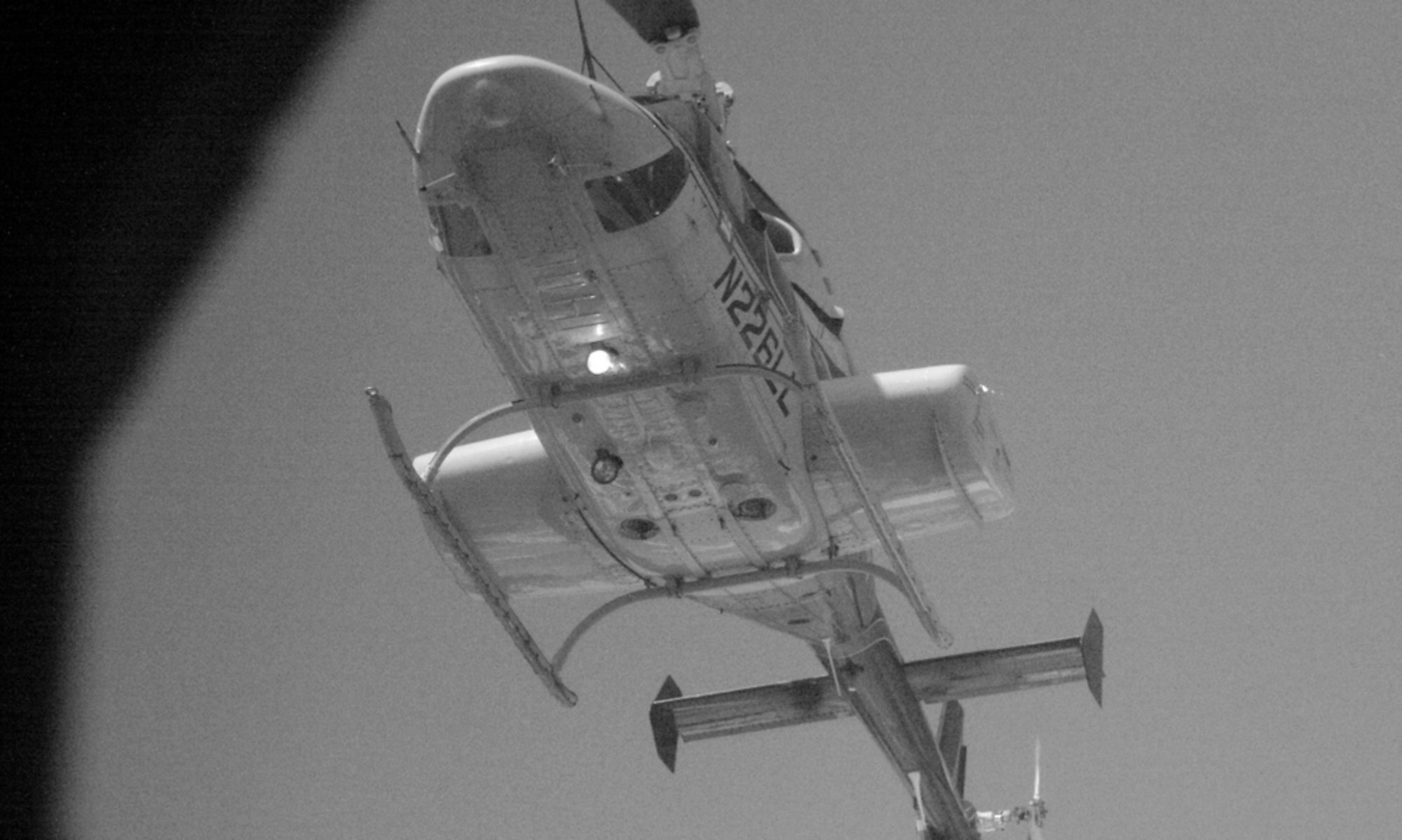I am not a very fast writer. My vacillation and rewriting means I miss the hot take. Case in point: An unidentified bearded man in jean shorts scrawled scandalous messages and awful claims on ambulances and buildings owned by FDNY. In my queue there currently sits draft number two of a post on public perception of EMS. More specifically, how social media griping fuels public distrust of EMS.
FDNY EMS Ambulances hit again. NYPD is searching for a suspect who they say drew swastikas and messages of hate all over several ambulances for the second time in a week. Someone out there knows who is guy is. https://t.co/RmQfsMKQh5 pic.twitter.com/hkLZWYMW2q
— NYC EMS Watch (@NYCEMSwatch) August 31, 2018
This rewritten piece originally began as my thoughts on lambasting EMS on social media. It was timely that this serial tagger struck. With several FDNY personnel able to keep jobs in the sunlight of past illegal behavior, it surprised me little that a person would label (literally) ambulances with horrible things. While I did not search out any
But this is what I was beginning to see. When lawsuits are made public, current and former employees (anonymous posters who identify themselves as such) concur with facts of the case. We cannot ignore all of these discontents as simply fed up. Some may have legitimate complaints; the majority just want to assign misplaced hatred or distrust of whatever on the large company. But when someone, posting with “authority of knowledge” by having worked for the agency being sued, claims this is standard operations for the company, it brings disrepute upon those who employed. We all know a few who struggle, but they do not represent the workforce as a whole.
It began affect me!
I am an insider. I sit around the picnic table and hear the gripes and suffer the same poorly thought out schemes. Yet I am not on social media broadcasting issues making them appear to be similar to every single ambulance service. My employer has had some press-worthy data breaches. Looky-loo nurses perused medical records of those they shouldn’t have and it made the news. As a result, I’ve sat in the ambulance deflecting suspicious inquiry of me, and my integrity when it comes to the electronic medical record (EMR) system.
But that is less hurtful than another EMS provider doing something stupid. No, let me say this: It is more hurtful to see a string of replies on social media that confirm all ambulance services are like this. That is not a quote; rather it is a generalization of any number of ways some anonymous malcontents inflict disrepute on his or her former employer.
I will not name the most derided multi-state provider of EMS care in the country. Suffice it to say, I’ve read some very negative things about the company. Enter “I hate [this company]” and you’ll likely find a sub Reddit. Anyone with a gripe against this company, EMS providers, poor service, “corporate America” or any popular diatribe will find their biases confirmed.
This summer I had the pleasure of traveling to two cities where this outfit provides EMS. I couldn’t help but wonder if the two crew members in there were proficient, happy, caring about those they encounter, overworked, so incompetent through the mismanagement of their overseers, etc. Some of those claims are legitimate; others are not and are painted with a broad brush. But I’ve had it so ingrained from reading social media posts I see their rig and fear for my life should I need an ambulance. I can reasonable decipher the list and extract those issues with legitimacy. The general public may not.
Who do they really hurt?
So who pays for such foul reputation? Not the company. Because of the Keyboard Warrior, an underpaid and overworked EMT or paramedic struggles to care for an untrusting patient who fears he or she may not make it to the hospital.
This is horrible to think. I say to those disgruntled internet posters, where do these multi-state companies get their employees? Do they fly in out-of-towners who couldn’t care less about who they treat or what they do to the community? Or do they employ local people? That is about as close as I will come to defending any ambulance service. My aim is not to prove a subset of employees wrong. I just want to remind them there are still people working there who care for people.
Ok. We know you hate your employer (or former employer). And you have grievances. But can you pause for a few seconds to reconsider a Tweet or Facebook post that harms current EMS professionals and the system people rely on?
